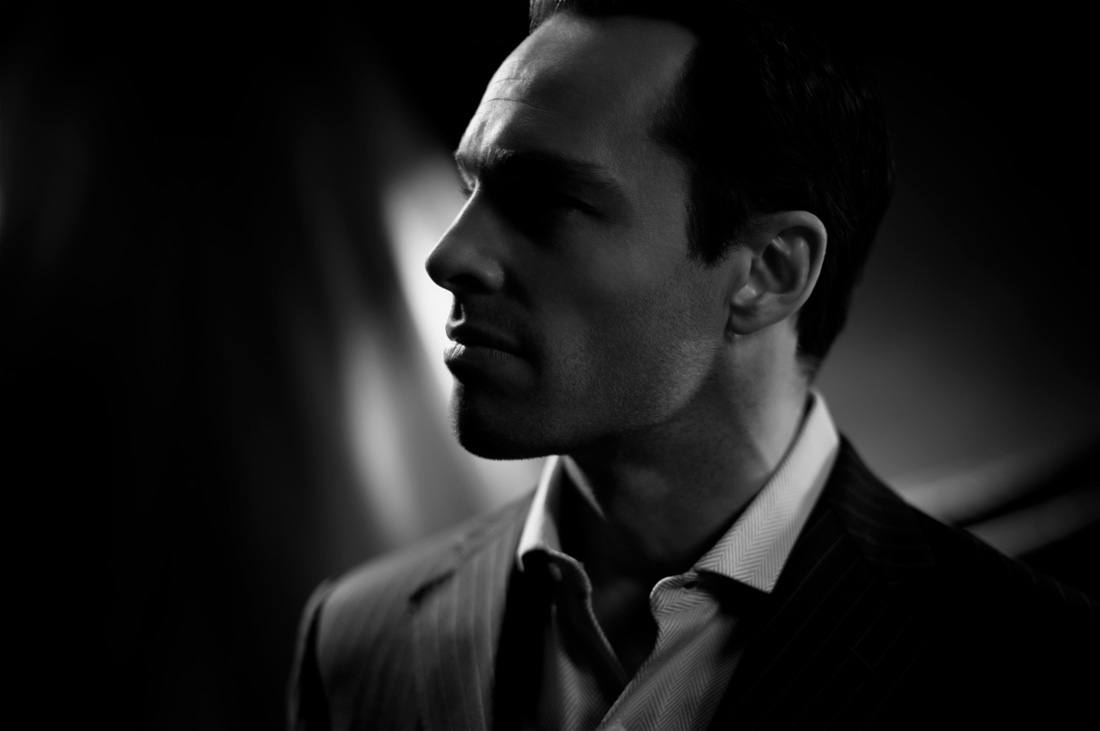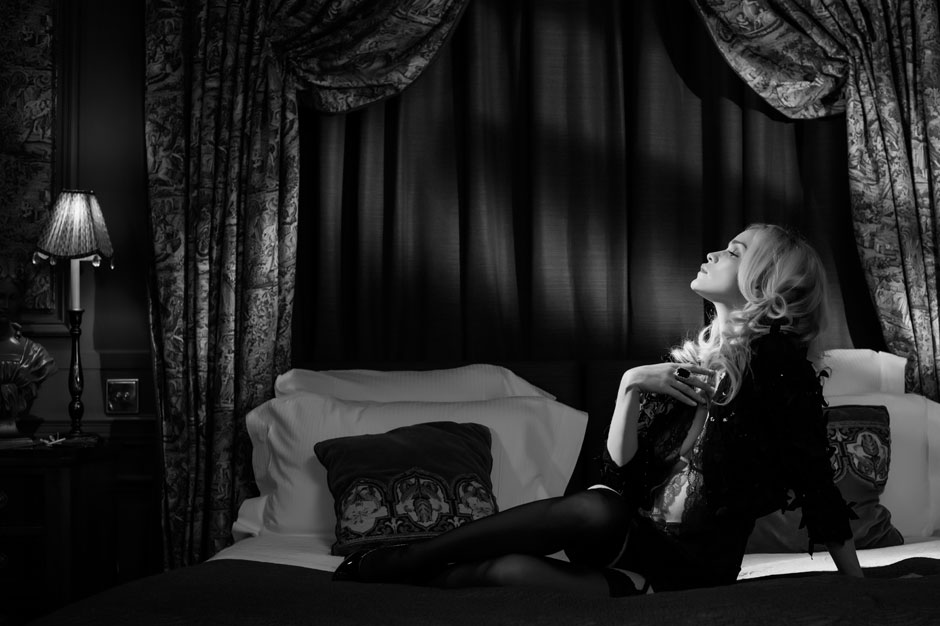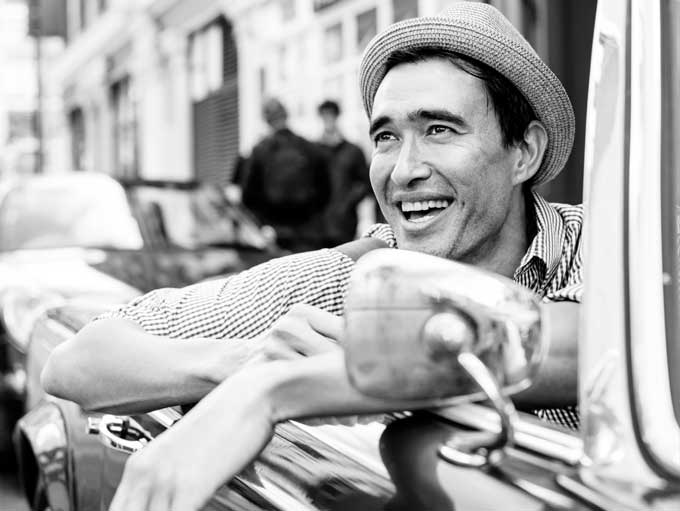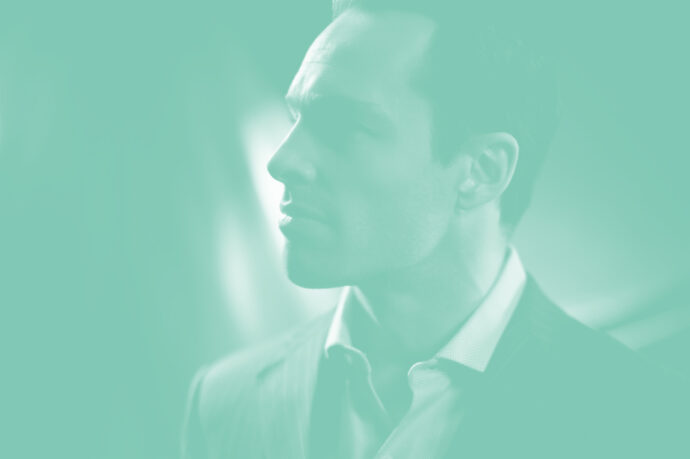There’s something about black and white portraits that makes you, as a photographer, return to them time and time again. For some reason, although a color picture may be a more accurate representation of what a person looks like, a black and white picture carries more depth, drama and emotional content.
However, as with all types of photography, there are techniques that can be learned and practiced to improve your results.
Achieving stunning black and white portraits shouldn’t be that difficult
To create your perfect black and white portrait, not only will you need to understand composition and lighting, but you’ll also need a deft hand during post production. Here are some shortcuts and methods that might help.
The First Step For Your Portraits
Start thinking about your picture before you look through the viewfinder.
Pro tip; If you camera allows it, set your picture mode or Live View mode to black and white. You can instantly see how your image will appear. If you can shoot tethered, you can maintain control your images as they come straight out of the camera.
Consider the composition and try to visualize what’s in front of you in black and white. Ask yourself some questions; Where will the contrast be most prominent? Where will the shadows fall?
Plan everything in advance. Then be prepared to deviate from your plan if you see an opportunity that’s worth grabbing. This can sometimes produce the most startling images.
There’s Good And Bad Drama

If possible, spend some time getting to know your subject – and if you know them already, you’ll find yourself at a distinct advantage. You’ll get a better result if the person you’re photographing can act in a relaxed and natural way throughout the shoot. Even though you’re looking for drama in the image, that doesn’t mean you need drama from your subject!
The Best Lighting Is …
Consider using natural light for a black and white portrait – as long as your subject isn’t standing in direct sunlight, it’s likely to give a much softer and nuanced feel to your picture. Placing them in an area of light shade, as close to the edge of it as possible can be highly successful, especially if you can shoot from a brighter area.
Be careful, however, to make sure that enough light falls on your subject’s face. A good tip is to place them in the shade but then use a reflector to bounce light at their features.

Think about details and textures that you might want to capture in your portraits. Soft light will allow details to show while brighter light will pick up texture better. Moreover, consider your subject and use that knowledge to your advantage.
Clashing Isn’t A Bad Thing
Look for areas of strong contrast. It will add instant drama to your image. Remember, it’s black and white – not fifty shades of grey! To that end, make sure you have areas of clean white and clean black in your image.
If you can’t find natural contrast, create it. For example, pale colors quite literally pop from a dark background, while dark colors set against a pale background can draw the eye. Use this knowledge in combination with your subject’s hair color and skin tone to make them stand out from the background. If they simply blend with whatever is behind them, your image will lack any feeling.

In short, keep your composition as simple as possible and create drama through the use of light and darkness. You can create more contrast by underexposing your shot.
Look Out Behind You!
Although an area with lots of contrasts will make for an interesting textual effect, remember that a very busy background will draw attention away from the subject. Something plainer is usually desirable. Take this into account when you choose your location – and if you can find two or three background options in the same location, so much the better.
Dials And Knobs And Such
Photographers could experiment and discuss their camera settings for hours. An idea to play with is to use a fast lens and a wide aperture and then adjust your settings as you see the results. Remember to set your camera for black and white shooting.

All photos © David Locke
Consider using filters to darken your background if your image appears to be lacking contrast – although you’ll be able to achieve the same effect with post-production manipulation.
We’ll Fix It In Post
In a pinch, you can use Lightroom or Photoshop to increase your levels of contrast and brighten your subject. For example, Tone curves or sliders can be utilized to darken sections of the image and extraneous background details can be faded out. And dodging and burning is really easy. Touch up your sitter’s face to hide blemishes and even out skin tone.
Achieving stunning black and white portraits shouldn’t be that difficult – it’s a matter of gaining experience. That is to say, the more you do it, the more you’ll develop your eye for what’s right and wrong with your composition and lighting before you take the shot. Practice as often as you can and in no time you’ll be seeing some wonderful results.



